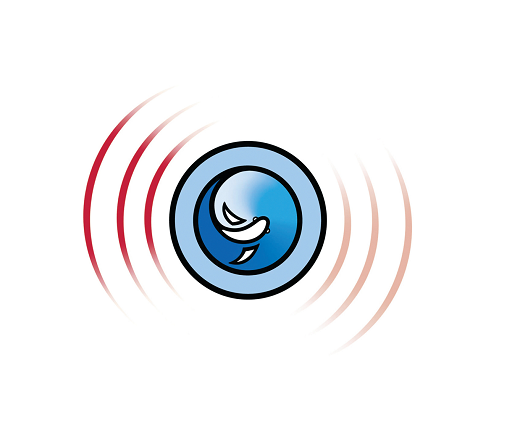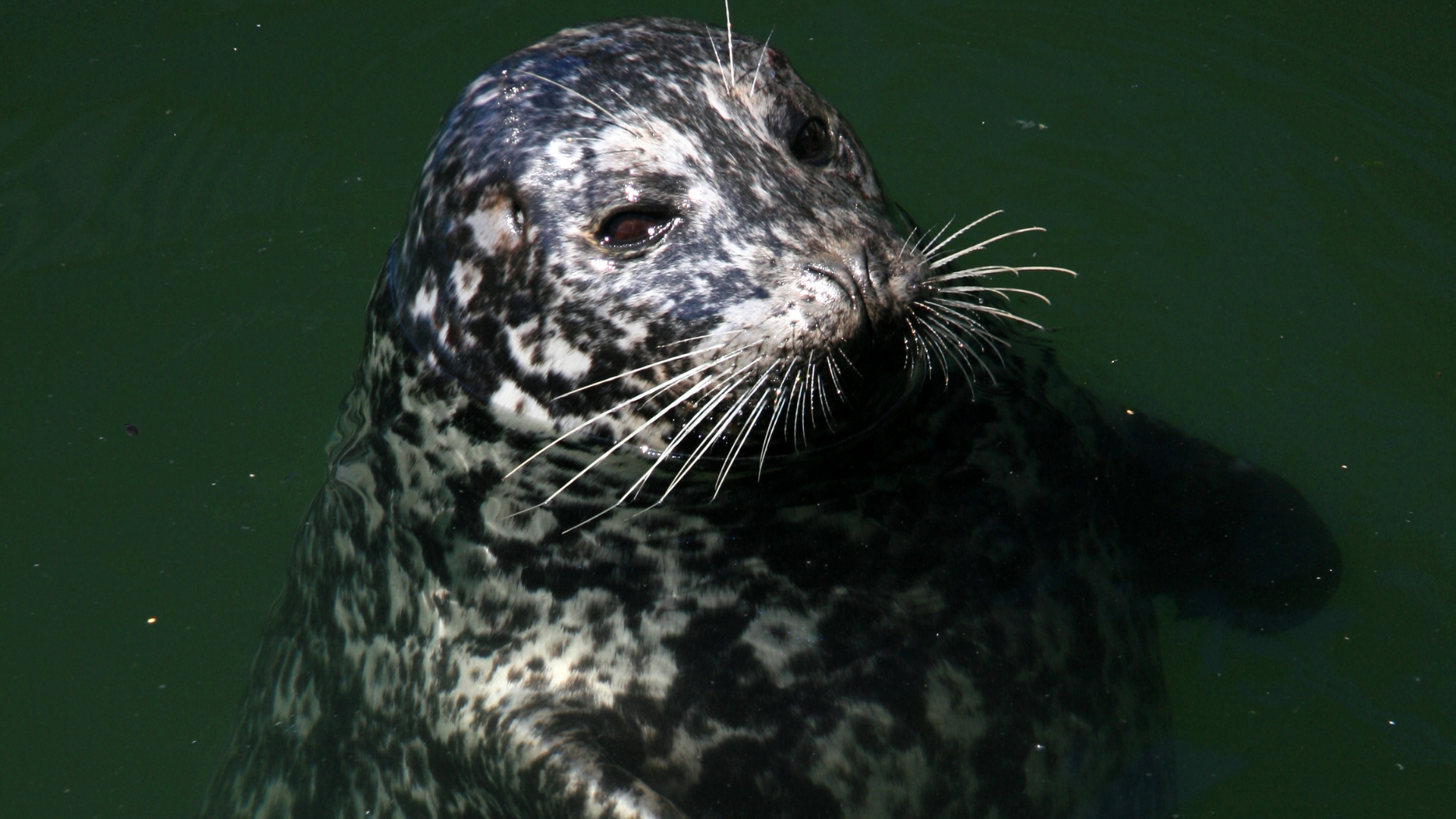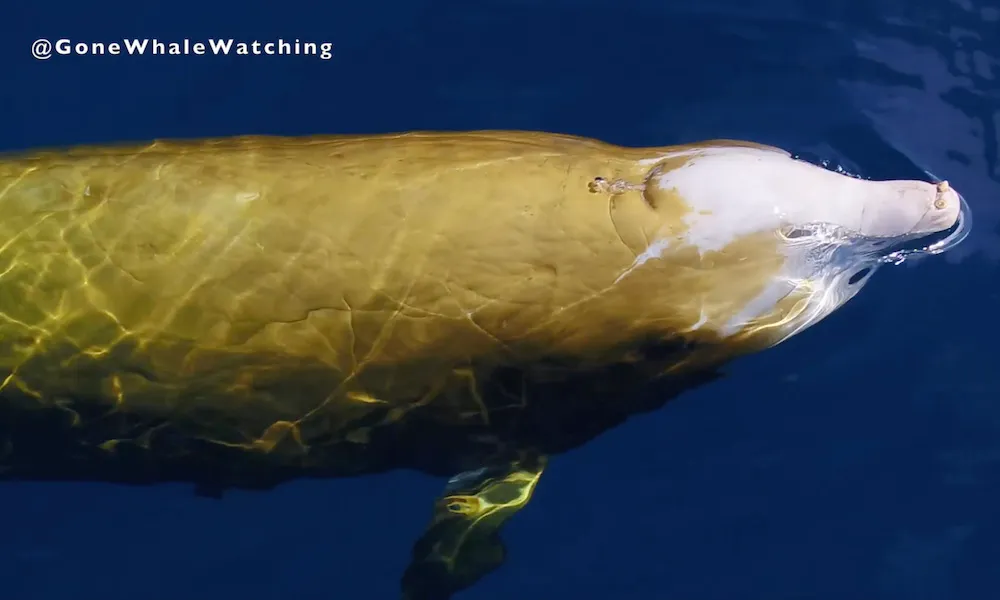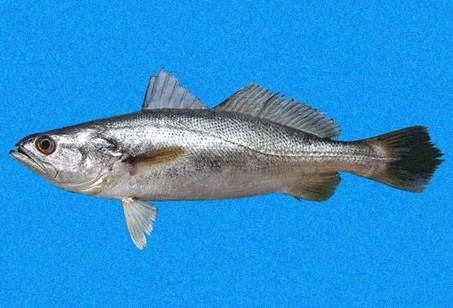Atlantic Croaker
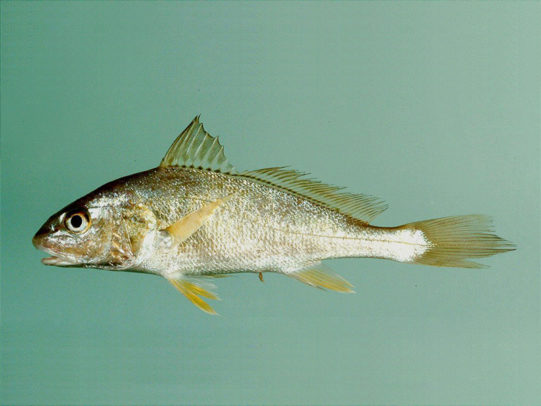
LATIN NAME Sciaenidae, Micropogonias undulatus
LENGTH 12 inches (30 cm)
WEIGHT 1/2 to 2 pounds (226 g to 0.9 kg)v
LIFETIME 8 years
PHYSICAL TRAITS Long dorsal fin that almost reaches the tail
BEHAVIOR Migrate offshore to spawn, spend winter offshore on continental shelf, bottom dwellers, sounds are used for courting by the male fish but both male and female have capability, females and young use sound as a fright response
HABITAT Coastal waters, estuaries over mud or sand bottoms, in areas with low to moderate salinity, warm-temperate and tropical waters, best represented in major rivers
LOCATIONS Sciaenidae are found worldwide, in both fresh and saltwater, Atlantic Croaker are found along the coast from Main to Florida
FOOD Worms, mollusks, crustaceans and small fish
PREDATORS Striped bass, flounder, weakfish, and spotted sea trout
“Croaker” is a broad colloquial name used in many English speaking areas to name various fish which fall under the Sciaenidae family (under the Perciformes order). Most Croakers are gregarious, community animals and make noise by way of oscillating their swim bladder. The Atlantic croaker is no different.
Sciaenids chorus in groups often temporally aligned with diel (day-night) cycles. Some also chorus spatially, sequentially signaling in waves like “stadium waves” across areas as wide as 25km.
Audiographs
Atlantic Croaker
Source: Sounds of the Western North Atlantic Fishes by Fish & Mowbray, 1970, University of Rhode Island, 2001
Links


